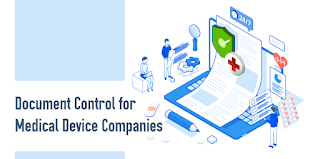Document Control for Medical Device Companies

Part of that process is ensuring a document management system is in place, beyond just doc control. Ideally, it’s an electronic document management system since we’re well into the 21st Century now. Surprisingly, many companies are still on paper instead of the cloud. So what’s involved to get an eDMS in place? Many med device companies do have some kind of document management system in place to produce a required design history file per the FDA’s 13485 guidelines. These companies also need to capture various forms of data from the contract manufacturing organization or CMO, including design verification along with validation testing of their eDMS. Additionally, design controls, equipment specifications, materials, and technician training need to be completed. All of this documentation is an integral part of product lifecycle management. Before any medical device can be released onto the market, the burden is on device producers to demonstrate that their product does what it’s

